Product Description
| Internal dimension (W*D*H) | 1000*1000*1000mm |
| Temperature range | -70~+100(no load);-55~+100(with load) |
| Temperature fluctuation | 0.5 |
| Temperature uniformity | 2 |
| Ambient Humidity | 85%RH |
| Cooling speed | 1/min in average (with loading 15kg,+85~-55 ) |
| Heating speed | 1/min in average (with loading,-55~+85) |
| Pressure Range | 101Kpa~1Kpa |
| Pressure Accuracy | 5% |
| Pressure Control Method | Adjust temperature first, then pump vacuum |
| Internal chamber material | Steel plate with plastic spray |
| External chamber material | Stainless steel |
| Cooling method | Water Cooler |
| Controller | LCD touch screen, programmable control temperature and Pressure Can set different parameter for cyclic test |
| Insulation material | Compound material without sweating, special for low pressure |
| Heating Method | Electrical |
| Compressor | Imported new generation with low noise |
| Safety protection device | Protection for leakage Over-temperature Compressor over voltage and overload Heater short circuit |
Characteristics of high-altitude test box products
one
Multi functional integration
Can simulate various high-altitude environmental conditions such as low pressure, low temperature, low oxygen, humidity, etc.
Support comprehensive testing of multiple environmental parameters.
two
High precision control
High precision control of parameters such as air pressure, temperature, humidity, and oxygen concentration ensures the accuracy of test results.
three
Wide applicability
Suitable for multiple fields such as aerospace, automotive, electronics, military, scientific research, etc.
four
Customized design
Customization of size, functionality, and technical parameters based on customer needs.
five
Safe and reliable
Equipped with safety protection devices such as overvoltage, overheating, and overload to ensure the safe operation of the equipment.
six
Intelligent operation
Adopting PLC or touch screen control system, easy to operate, supporting data recording and remote monitoring.
Working principle
one
Low pressure simulation
Extract air from the test chamber through a vacuum pump, reduce air pressure, and simulate a low-pressure environment at high altitude.
two
Temperature control
Adopting a compressor refrigeration and electric heating system to achieve precise temperature regulation inside the test chamber.
three
Humidity control
Adjust the humidity inside the test chamber through humidifiers and dehumidifiers.
four
Oxygen content regulation
Adjust oxygen concentration through a gas mixing system to simulate low oxygen environments at high altitudes.
five
Dynamic load simulation (for engine testing)
Simulate the load conditions of the engine during actual operation through an electric motor or hydraulic system.
Common problems and solutions
one
The air pressure cannot reach the set value
Check if the vacuum pump is working properly and if the sealing system is leaking air.
two
Unstable temperature control
Check if the refrigeration and heating systems are functioning properly, and if the sensors are calibrated.
three
Inaccurate humidity control
Check if the humidifier and dehumidifier are working properly, and if the water tank has enough water.
four
The equipment operates with loud noise
Check whether the vacuum pump, compressor and other components are installed firmly and whether lubrication is needed.
five
Control system malfunction
Restart the device, check if the PLC or touch screen is functioning properly, and contact the manufacturer for repair if necessary.
Installation Guide
one
Venue selection
Choose a site with good ventilation, flat ground, no vibration, and no strong electromagnetic interference.
two
Power requirements
Ensure that the power supply voltage and frequency meet the equipment requirements, equipped with independent power switches and grounding devices.
three
Installation steps
Handling: Use a forklift or crane to transport the equipment to the designated location, taking care to avoid collisions.
Fixed: Adjust the equipment feet to ensure that the equipment is level and stable.
Connect power supply: Connect the power cord according to the instructions to ensure correct wiring.
Connect the gas source (if any): Connect external devices such as vacuum pumps and gas mixing systems.
Check the sealing: After installation, check the sealing of the test box door and pipeline.
four
Debugging and Calibration
After booting up, follow the instructions to set parameters and debug the system.
Use standard instruments to calibrate sensors for air pressure, temperature, humidity, etc.
five
Operation training
Train operators to ensure they are familiar with equipment operation, maintenance, and troubleshooting methods.
Precautions
During installation and debugging, it is essential to follow the equipment manual and manufacturer's instructions.
Regularly maintain and upkeep the equipment to ensure its long-term stable operation.
In case of unsolvable problems, promptly contact the manufacturer's technical support.
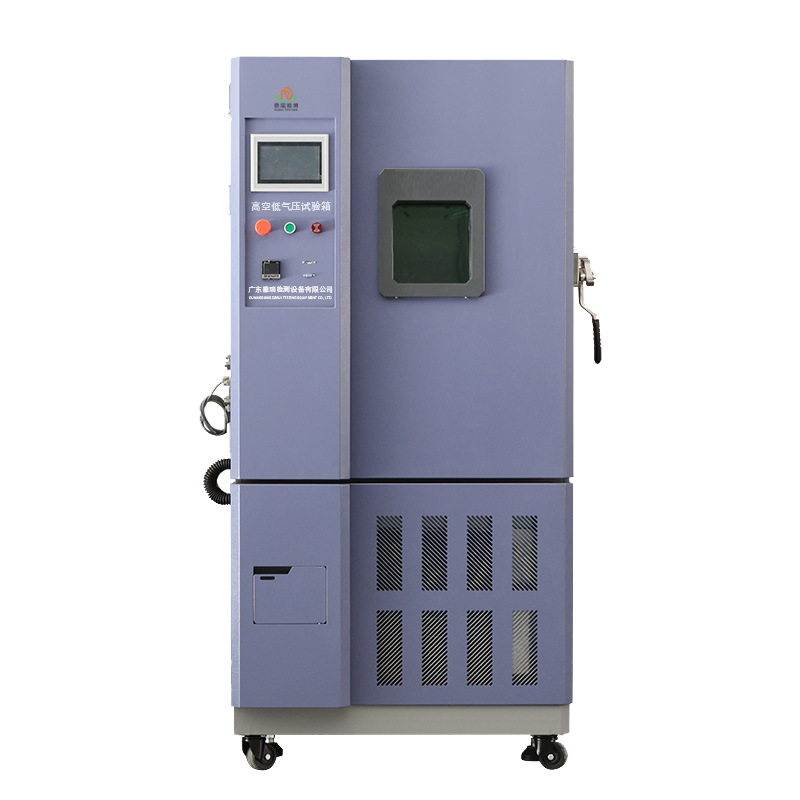




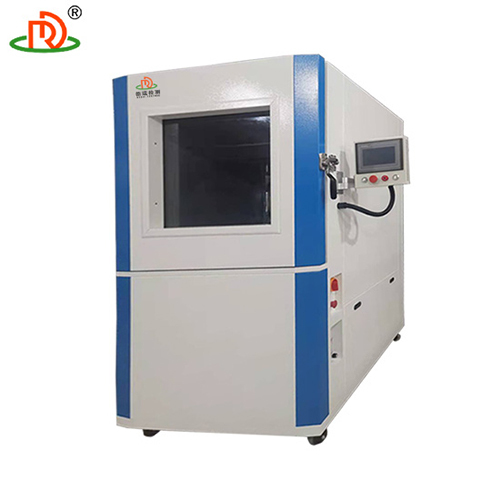
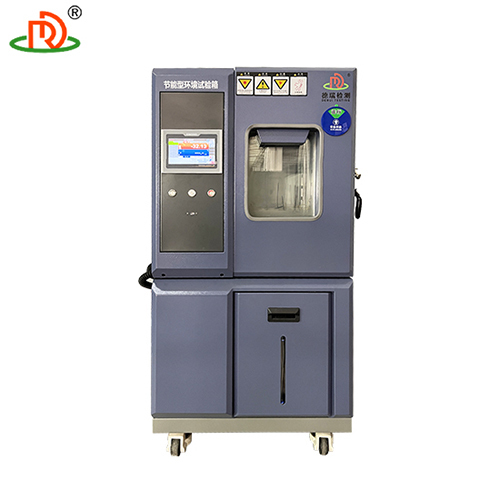
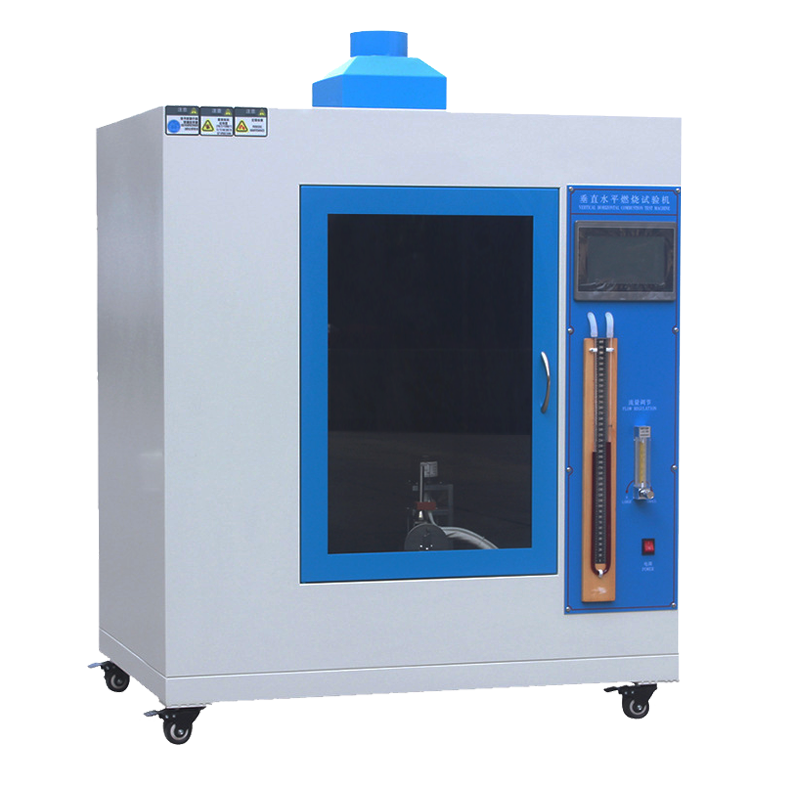
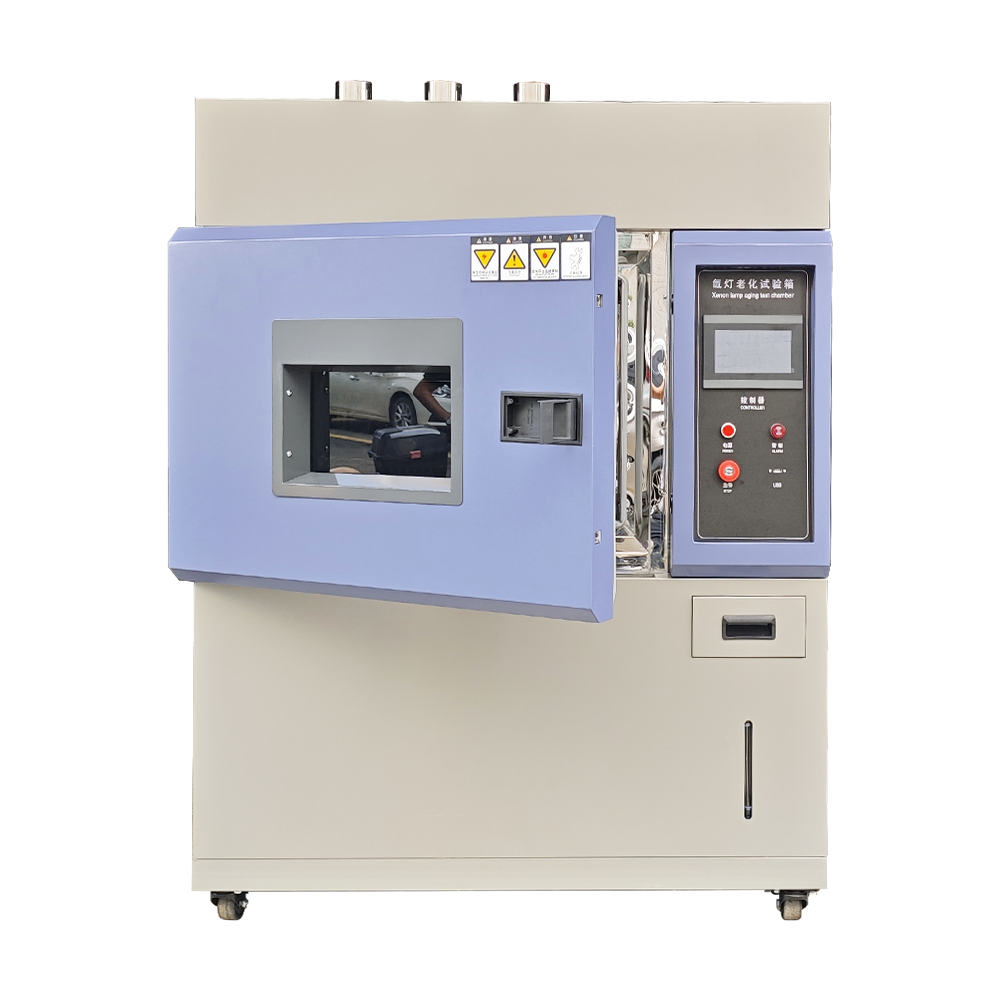

 English
English Spanish
Spanish French
French German
German Italian
Italian Chinese (Simplified)
Chinese (Simplified) Japanese
Japanese Korean
Korean Arabic
Arabic Portuguese
Portuguese